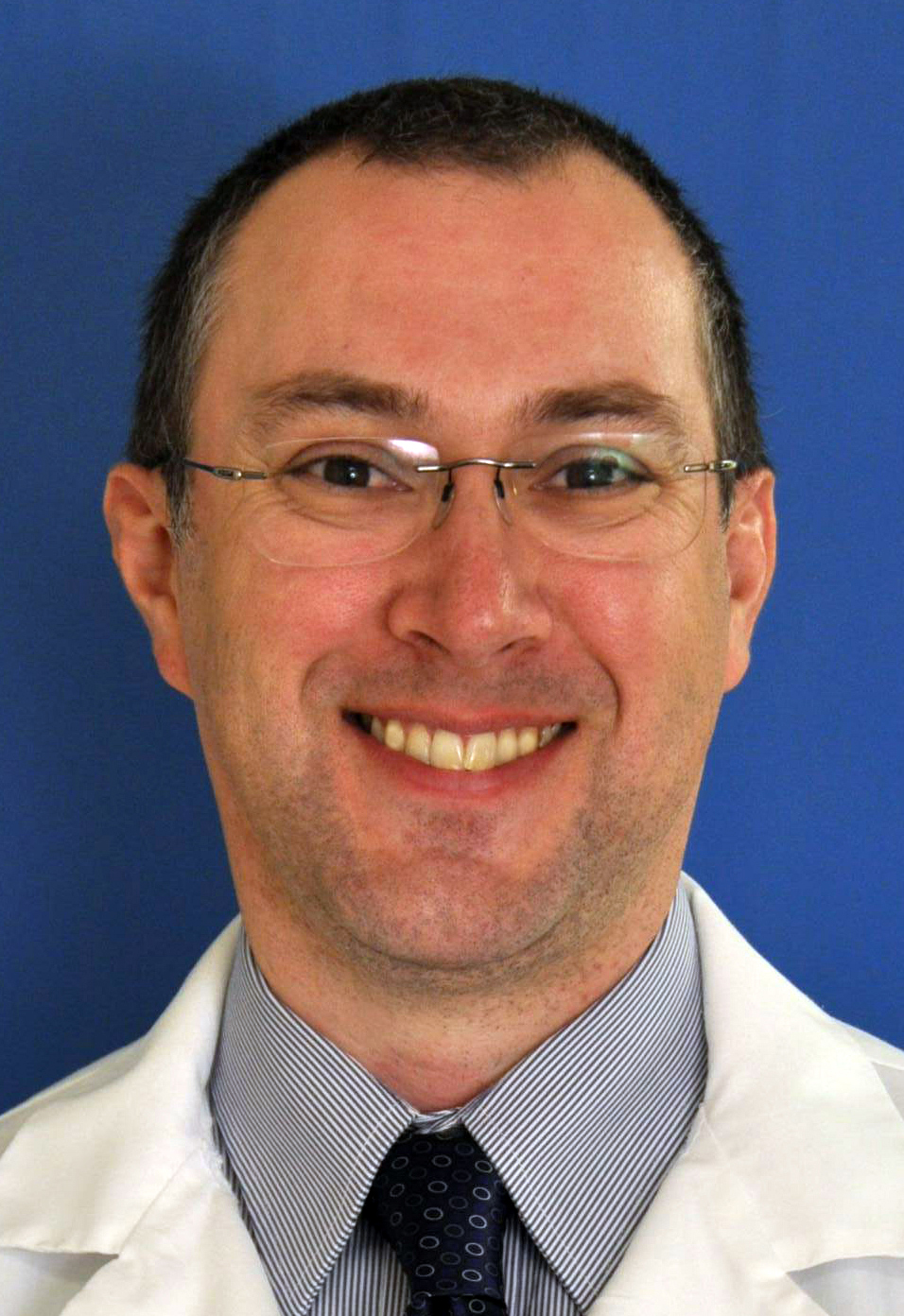
“My role is here to support faculty and enable them to provide the best training around safety and quality they can” says Dr. Dering.
Dr. Andy Dering has a long history with Quality Improvement and Patient Safety. After finishing medical school in 1996, he trained as an anesthesiologist for eight years in the UK. During his training, residents were required to work on quality improvement projects. While he enjoyed them, he realized that there was opportunity for improvement in the process. Projects were often run not in teams, but by individual trainees, and data extraction data from the medical record was performed manually. As a result, the process was long and laborious, and it was rare for these projects to really result in meaningful change.“My role is here to support faculty and enable them to provide the best training around safety and quality they can” says Dr. Dering.
With this experience fresh in his mind, Dr. Dering came to U-M to start his faculty career. Soon after, he started working with the Patient Safety Committee in the Department of Anesthesia. Here, he found, they were able to implement changes quite quickly. Moreover, he found he was truly interested in and enjoyed the work. As his involvement grew, he found that his involvement in Quality and Safety was a nice side avenue to his work as an anesthesiologist.
It wasn’t long before Dr. Dering was appointed to be the Associate Program Director in Anesthesiology. He worked with the program director to assess what changes needed to be made to the training program. They realized that they were lacking any robust involvement of trainees in Quality and Safety. Together, they worked to add Quality and Safety content to the curriculum. They created avenues for trainees to become more involved in the work of Quality and Safety, such as encouraging trainees to sit on committees and report safety incidents. What started as a requirement soon became an active Quality and Safety program, where residents felt heard, engaged, and valued. Today, the Department of Anesthesiology residents submit around half the safety reports made by residents at Michigan Medicine, but make up less than 10% of the total trainee population. Clearly, the integration of Quality and Safety into the training programs has made a marked difference within the Department of Anesthesiology.
Most recently, Dr. Dering was appointed as the first GME Director for Quality and Patient Safety Training. In this role, he is responsible for providing consistency and coordination of Quality and Safety training throughout the residency and fellowship programs. For the last 18 months, Dr. Dering and his colleagues have been working to understand what training programs need in terms of support around Quality and Safety. The ACGME requires that Quality and Safety is included in training curricula, and Dr. Dering sees his role as facilitating the departments to meet this requirement. The goal is to minimize the need for programs to create their own training materials, so that departments can easily integrate Quality and Safety training into their programs.
One of the major ways that Dr. Dering and his office are doing this work is with the creation of the Designated Quality Improvement and Patient Safety Leads program. Each residency and fellowship program has nominated a lead to liaise with Dr. Dering’s office and share Quality and Safety resources with their training program. As part of this initiative, the GME Quality and Patient Safety office holds quarterly forums, with the inaugural event taking place in September. As part of this forum, the leads actively participate in creating the priorities and objectives of Dr. Dering’s role and that of the GME Quality and Patient Safety office.
The goal of this forum is to create a Community of Practice for any and all faculty who are interested in quality improvement and patient safety. “We don’t want to be restricted to only one person per program. Anyone who is interested in or has a role in training in Quality and Safety...can be part of the community of practice and our quarterly forums” says Dr. Dering. The goal, he says, is to use each other’s experiences to help all of the training programs at Michigan Medicine to build a better Quality Improvement and Patient Safety curriculum.
The Internal Quality site provides more information on Quality Improvement and Patient Safety at Michigan Medicine. To get involved with the Quarterly Forum, contact quality-training@med.umich.edu. A formal resource website is forthcoming.
